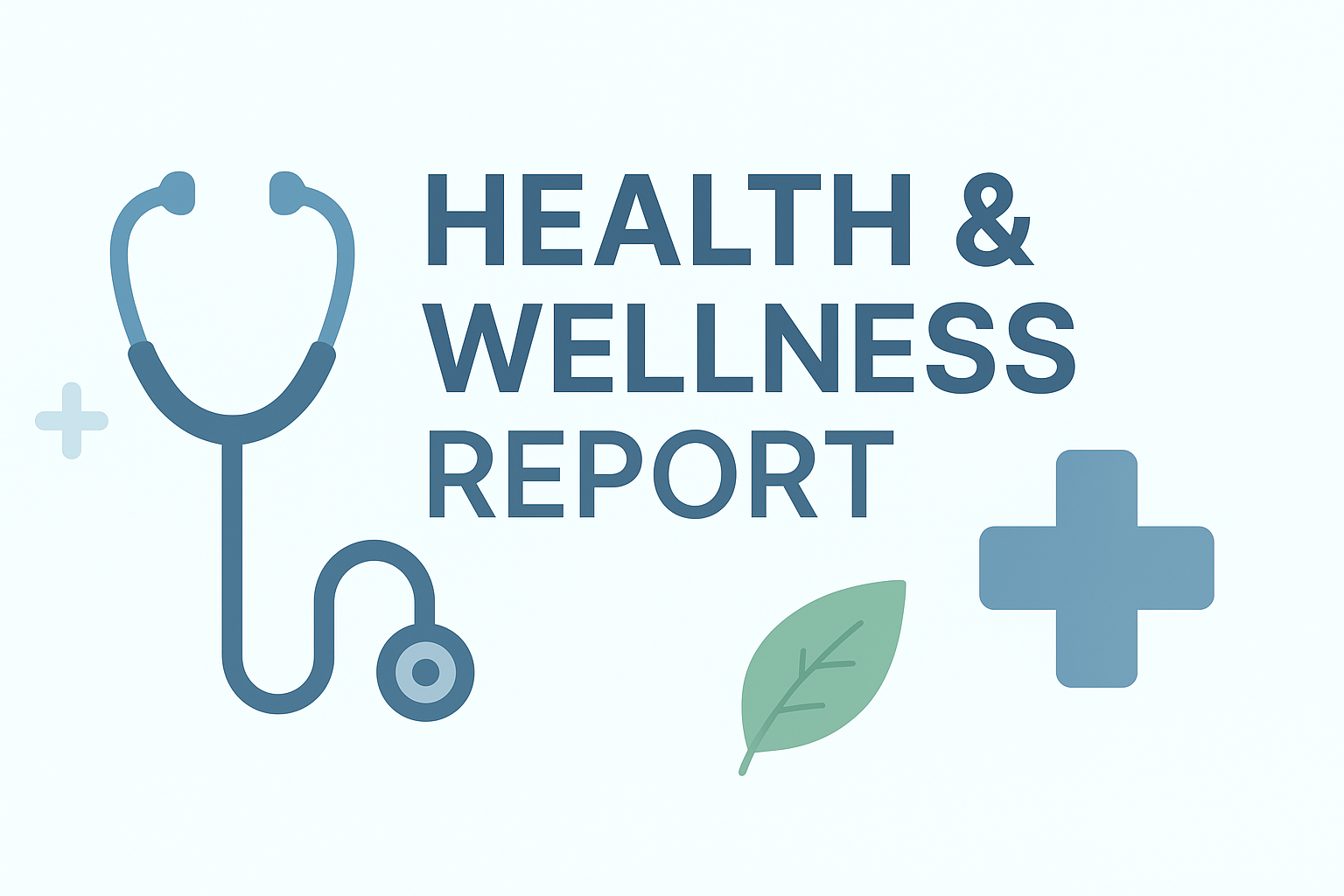
How to Detect Diabetes Early: A Guide to Recognizing Warning Signs
Diabetes is a chronic condition that affects millions of people worldwide. Detecting it early can help prevent serious complications and improve quality of life. Here are key signs and steps to recognize diabetes in its early stages:
Understanding Diabetes
Diabetes occurs when your body either doesn’t produce enough insulin or can’t use it effectively. This leads to elevated blood sugar levels, which can damage your body over time. There are two main types:
Type 1 Diabetes: An autoimmune condition usually diagnosed in childhood or adolescence.
Type 2 Diabetes: Often develops later in life and is linked to lifestyle factors.
Early Warning Signs
While symptoms can vary, here are common indicators of diabetes:
Increased Thirst and Frequent Urination: High blood sugar levels can make you thirsty and cause your kidneys to work overtime, leading to more frequent urination.
Fatigue: When your body can’t efficiently use sugar for energy, you may feel constantly tired.
Unexplained Weight Loss: Particularly common in Type 1 diabetes, this occurs when the body starts breaking down muscle and fat for energy.
Blurred Vision: Elevated blood sugar can cause swelling in the lenses of your eyes, affecting your vision.
Slow-Healing Wounds: High blood sugar can impair blood flow and hinder your body’s ability to heal cuts or bruises.
Frequent Infections: Especially yeast or urinary tract infections, as high sugar levels can create a favorable environment for bacteria and yeast growth.

Sugar Defender
Sugar Defender supports healthy blood sugar levels, boosts energy, and improves mental clarity with natural ingredients like Gymnema and Ginseng. It also enhances insulin sensitivity and metabolism.

Gluco 6
Gluco6 supports healthy blood sugar levels, boosts metabolism, and reduces cravings with natural ingredients like cinnamon and green tea. Backed by a 60-day guarantee.
Risk Factors
Some individuals are at a higher risk of developing diabetes. Consider these factors:
Family History: A parent or sibling with diabetes increases your risk.
Lifestyle: Sedentary behavior, poor diet, and being overweight are major contributors to Type 2 diabetes.
Age: While it can occur at any age, the risk increases after 45 years.
When to See a Doctor
If you experience any of the above symptoms or have risk factors, consult a healthcare professional. A simple blood test can confirm whether you have diabetes or are at risk.
Preventive Tips
Maintain a healthy diet rich in whole grains, vegetables, and lean protein.
Exercise regularly to improve insulin sensitivity.
Monitor your weight and strive for a healthy BMI.
Get regular check-ups, especially if you have risk factors.
Early detection of diabetes can make a significant difference. By staying vigilant about the warning signs and maintaining a healthy lifestyle, you can take control of your health and prevent complications.